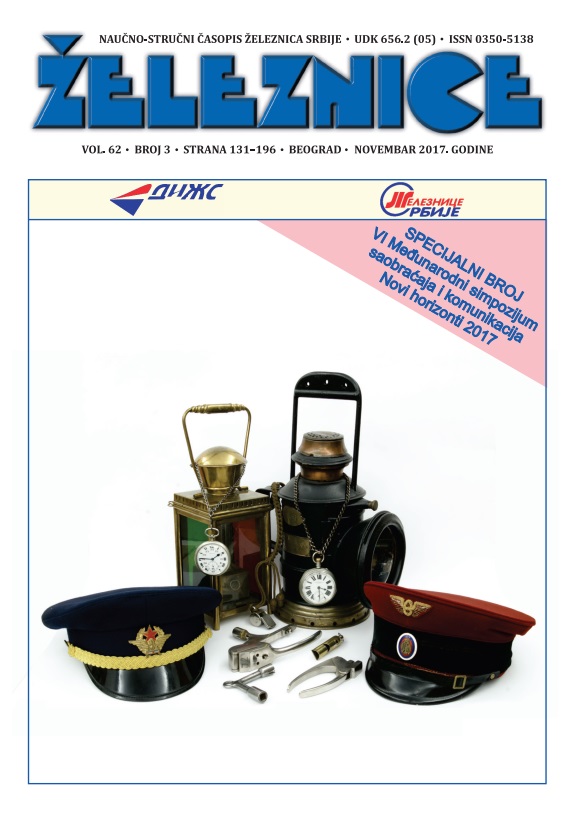RAILWAY INFRASTRUCTURE FINANCING MODELS IN EU COUNTRIES AND SERBIA
Keywords:
investment, case study, PPP, rail track chargingAbstract
For more than 10 years European Union (EU) is the biggest donor to the Republic of Serbia in all sectors, including transport. Besides financial assistance provided by EU through Instrument for Pre-Accession (IPA), Serbia concluded substantial investment programmes financed through the loans from the International Financial Institutions (IFIs), bilateral creditors and national budget resources, while other railway infrastructure financing models, such as Public Private Partnership (PPP), rail track charging, etc., are not being used sufficiently or at all. Relying on previously gained knowledge and other researches that were done in this field, this paper aims to propose solutions for railway infrastructure financing models in the Republic of Serbia, based on the current practice on the railways across the EU countries. The objective of this paper is to make overview of various railway infrastructure financing models in EU, to analyse them and present case studies, based on which comparison with the situation in Serbia will be done. Key contribution of this paper is to examine and propose new or less used financing models that could bring more economical benefit to Serbia than the used ones


